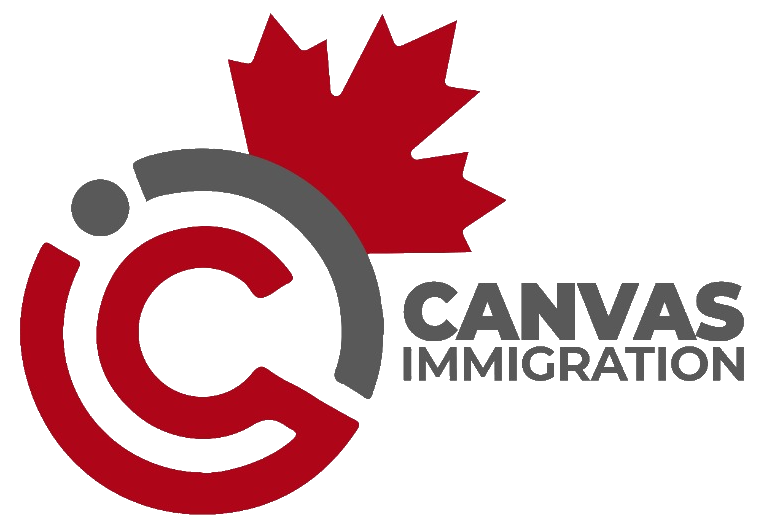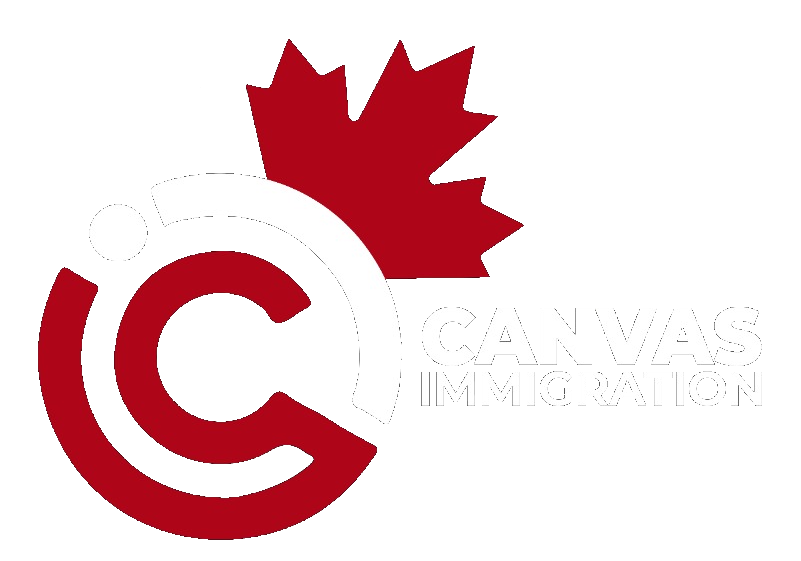In 2024, we saw sweeping changes to Canada’s Express Entry system, many of which will affect Canada’s largest economic immigration programs in 2025.
This article will breakdown the major trends affecting Canada’s Express Entry system in 2025, and the possible effects that they may have on candidate selection this year.
Get a Free Express Entry Assessment
Increase in Express Entry’s share of overall immigration targets
In 2025, Express Entry will see a relative increase in its share of the overall immigration targets. The federal government has increased the target number of admissions under the Federal economic programs to 124,590 landings, up from 110,770 in 2024.
Furthermore, this increase is accompanied by a 20% reduction in overall immigration levels compared to the 2024 targets. This shift allows the federal government more control over immigration, with fewer admissions processed through provincial and regional immigration pathways.
Express Entry will therefore play a more prominent role in Canada’s immigration system in 2025, as the Federal High-Skilled (FHS) allocation—under which Express Entry falls—makes up a significant portion of the immigration targets. In 2024 the FHS made up 22.8% of overall planned permanent resident admissions. In 2025, the FHS (now split up into the “In-Canada Focus” and “Federal Economic Priorities” allocations) is planned to make up 31.5% of overall admissions.
Coupled with the scaling back of Provincial Nominee Program (PNP) allocations (from 110,00 planned admissions in 2024, to just 55,000 admissions in 2025), this means that a higher proportion of economic immigrant admissions—the largest category of immigration to Canada—will occur through Express Entry. Thus, the Express Entry-managed programs will likely be crucial pathways for skilled workers seeking to immigrate to Canada in 2025.
Removal of CRS points for Job Offers
In December 2024, Minister of Immigration Marc Miller announced a significant change that will take effect in the spring of 2025: Comprehensive Ranking System (CRS) points will no longer be awarded for valid job offers.
Currently, candidates in the Express Entry system can receive either 50 or 200 additional points if they have a valid job offer (based on the level of said job offer). This removal of points is considered a “temporary measure”, but IRCC has not yet specified when it will conclude.
This change will only impact candidates in the Express Entry pool at the time that it is instituted.
The removal of points for a job offer may lead to a drop in the CRS scores of many candidates within the Express Entry pool. However, the impact on CRS cut-off scores and the overall results in 2025 remain difficult to predict.
Candidates currently receiving points for a valid job offer may find themselves needing to rely on other human capital factors scored by the CRS, such as language proficiency or work experience, to boost their scores.
Federal Economic Priorities and In-Canada Focus replacing Federal High Skilled allocations
In previous years, Canada’s annual allocation for immigrants admitted through Express Entry (as detailed in the Immigration Levels Plan) was designated under the FHS allocation.
In 2025, the FHS allocation is being replaced and divided into two new sub-categories under the Immigration Levels Plan: Federal Economic Priorities and In-Canada Focus.
The introduction of these sub-categories marks a significant shift in which candidates will be selected for permanent residency:
| Category name | Landings allocations under Express Entry | Candidates considered under this category |
|---|---|---|
| In-Canada Focus | 82,890 | Candidates already in Canada, including those in the Canadian Experience Class (CEC), Express Entry-aligned Provincial Nominee Program (PNP), Federal Skilled Worker Program (FSWP), and Federal Skilled Trades Program (FSTP). |
| Federal Economic Priorities | 41,700 | Candidates selected under category-based selections, who meet Canada’s labour market needs and demographic goals. Priority sectors in 2025 will include healthcare occupations, trade occupations, and candidates with French language proficiency. |
Different emphasis for category-based selections
In 2025, IRCC is expected to focus more Express Entry draws on category-based selections that align with Canada’s labor market priorities (through the “Federal Economic Priorities” allocation in the annual Immigration Levels Plan).
Starting in 2023, IRCC began holding category-based draws to invite specific classes of candidates, based on the specific skills, training, and language abilities.
According to the 2025-2027 Immigration Levels Plan, in 2025 IRCC has designated the following as priority categories to be targeted through the Express Entry system:
- Healthcare occupations;
- Trades occupations; and
- French-language proficiency.
While 2024 has not seen many draws for healthcare and trades occupations through the Express Entry system, IRCC may conduct more of these draws in 2025 due to their designation as priority sectors under the Federal Economic Priorities allocation.
In contrast, the French proficiency category has already seen consistent draws throughout 2024, and it will continue to be a key focus for Express Entry in 2025, especially in light of Canada’s commitment to increasing the number of francophone immigrants outside Quebec.
For 2025, Canada has set a target of 8.5% of total new immigrant admissions to the French proficiency category. This target will rise to 9.5% of admissions for 2026.
Note that the above is not an exhaustive list of categories available to IRCC to choose from —only those that the department has stated it will prioritize in 2025. The complete list of priority categories includes
- Healthcare occupations;
- Science, Technology, Engineering, and Mathematics (STEM) occupations;
- Trades occupations;
- Transport occupations;
- Agriculture and Agri-food occupations; and
- French language proficiency.
Get a Free Express Entry Assessment

